
News • Early clues in the panceas
Detecting diabetes before first symptoms appear
A team from Geneva has discovered a molecule that can identify the development of diabetes before the first symptoms appear.

A team from Geneva has discovered a molecule that can identify the development of diabetes before the first symptoms appear.
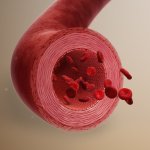
New research shows that cell-cell signaling could play a key role in the thickening of arteries due to high blood pressure.
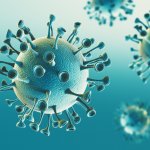
Researchers propose a new Covid-19 vaccine that specifically instructs the immune system to produce T-cells rather than antibodies - a promising alternative for people with a weakened immune system.
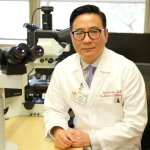
A combination of digital pathology and quantitative biomarker analysis in the emerging concept of ‘smart’ cytology has a potential role in the detection and diagnosis of cancer.
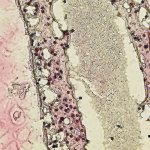
In a pair of world firsts, scientists have 3D printed human testicular cells and identified promising early signs of sperm-producing capabilities.
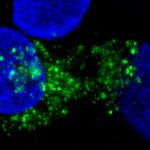
Researchers have identified a mechanism that impairs the proliferation of cancer cells and induces their death without affecting healthy cells. This could lead to improved cancer treatment.
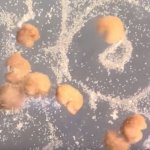
AI-designed Xenobots reveal an entirely new form of biological self-replication—promising for regenerative medicine.
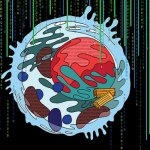
Artificial intelligence-based technique reveals previously unknown cell components that may provide new clues to human development and disease.
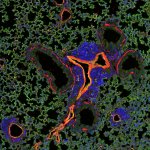
Scientists from the German Cancer Research Center (DKFZ) and the Medical Faculty Mannheim, Heidelberg University, have identified a new growth factor produced by blood vessels that enables tumor cells to metastatically colonize organs.
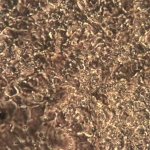
Scientists have grown beating heart cells to attempt to identify drugs to prevent Covid-19-related heart damage. Concerns over the extent of cardiac damage among Covid patients emerged during the coronavirus pandemic and there are also suggestions that the impact on cardiomyocytes could contribute to the symptoms of long Covid. To explore these issues, a research team at the University of…
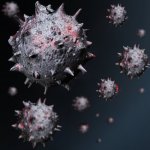
Viruses do not always kill the cells they infect. Researchers at the University of Basel have discovered in experiments with mice that cells have the power to self-heal and eliminate viruses. However, these cells undergo long-term changes. The findings may provide a hint as to why cured hepatitis C patients are more susceptible to liver cancer for years after.
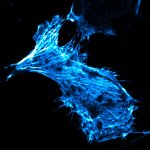
Nanocontainers can transport substances into cells where they can then take effect. This is the method used in, for example, the mRNA vaccines currently being employed against Covid-19 as well as certain cancer drugs. In research, similar transporters can also be used to deliver labelled substances into cells in order to study basic cellular functions. To take advantage of their full potential,…

Computer models have been standard tools in basic biomedical research for many years. However, around 70 years after the first publication of an ion current model of a nerve cell by Hodgkin & Huxley in 1952, researchers at Graz University of Technology (TU Graz), in collaboration with the Medical University of Graz and the Memorial Sloan Kettering Cancer Center in New York, have finally…
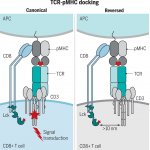
Monash University researchers have provided a fundamental advance regarding how T cells become activated when encountering pathogens such as viruses.
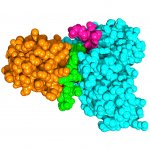
Coronavirus researchers under Prof. Rolf Hilgenfeld of the University of Lübeck and Dr. Albrecht von Brunn of the Ludwig-Maximilians University of Munich discovered how SARS viruses enhance the production of viral proteins in infected cells, so that many new copies of the virus can be generated. Other coronaviruses apart from SARS-CoV and SARS-CoV-2 do not use this mechanism, thereby providing a…
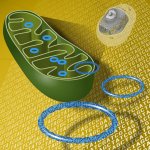
DNA errors in the cell’s energy ‘factories’ increases the chances of survival for people with bowel cancer, also known as colorectal cancer, according to a new study. Studying how DNA errors (mutations) can drive cancer development, as well as help it adapt and evolve, has been a key focus of cancer research. But much of that focus has been on DNA found in the cell’s nucleus. Experts say…

Regulatory T cells (Treg cells) are an immune cell type that reduces excessive immune responses and protects the body against autoimmune diseases. A new study shows that Treg cells in human tissues acquire tissue-regenerative features and describes a method to generate these cells in the laboratory.
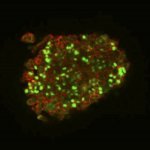
An innovative hydrogel – called a double network (DN) gel – can rapidly reprogram differentiated cancer cells into cancer stem cells, researchers at Hokkaido University and the National Cancer Center Research Institute have reported in the journal Nature Biomedical Engineering. The hydrogel can be used to help develop new cancer therapies and personalized medicines targeting cancer stem cells.
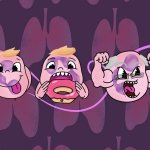
Lung tumors are home to immune cells that affect their growth and resistance to treatment. Looking at neutrophils, scientists led by EPFL have discovered that the key might lie in the cells’ ability to metabolize glucose, opening an entirely new target for improving radiotherapy.
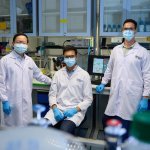
Healthy and cancer cells can look similar under a microscope. One way of differentiating them is by examining the level of acidity, or pH level, inside the cells. Tapping on this distinguishing characteristic, a research team from the National University of Singapore (NUS) has developed a technique that uses artificial intelligence (AI) to determine whether a single cell is healthy or cancerous…

According to the World Health Organization, one in six worldwide deaths have been attributed to cancer; however, these fatalities were not due to initial malignant tumors—the deaths were caused by the spread of cancer cells to surrounding tissues and subsequent tumor growth. These tissues, which consist largely of collagen, have been the focus of a recent collaborative study by a team from…
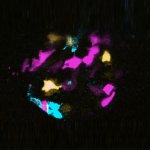
An improved high-tech fluorescence microscopy technique is allowing researchers to film cells inside the breast as never seen before. This new protocol provides detailed instructions on how to capture hi-res movies of cell movement, division and cooperation, in hard-to-reach regions of breast tissue. The technology – called multiphoton microscopy – uses infrared lasers to illuminate…
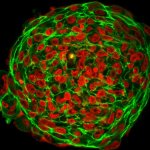
Working with colleagues from Germany and the US, researchers at Leipzig University have achieved a breakthrough in research into how cancer cells spread. In experiments, the team of biophysicists led by Professor Josef Alfons Käs, Steffen Grosser and Jürgen Lippoldt demonstrated for the first time how cells deform in order to move in dense tumour tissues and squeeze past neighbouring cells. The…
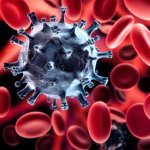
University of Minnesota Medical School researchers studied SARS-CoV-2 infections at individual cellular levels and made four major discoveries about the virus, including one that validates the effectiveness of remdesivir – an FDA-approved antiviral drug – as a form of treatment for severe Covid-19 disease. “Since the start of the Covid-19 pandemic, the way that each individual responds…
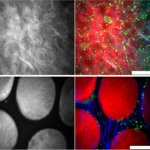
Improving the detection of cancerous cells during surgery – this is the goal of the European research project CARMEN. The research institutes Laser Zentrum Hannover e.V. (LZH) from Germany and Multitel asbl from Belgium work together with companies from both countries, JenLab GmbH, Deltatec, and LaserSpec, to develop a novel, compact and multimodal imaging system. This could even allow the…